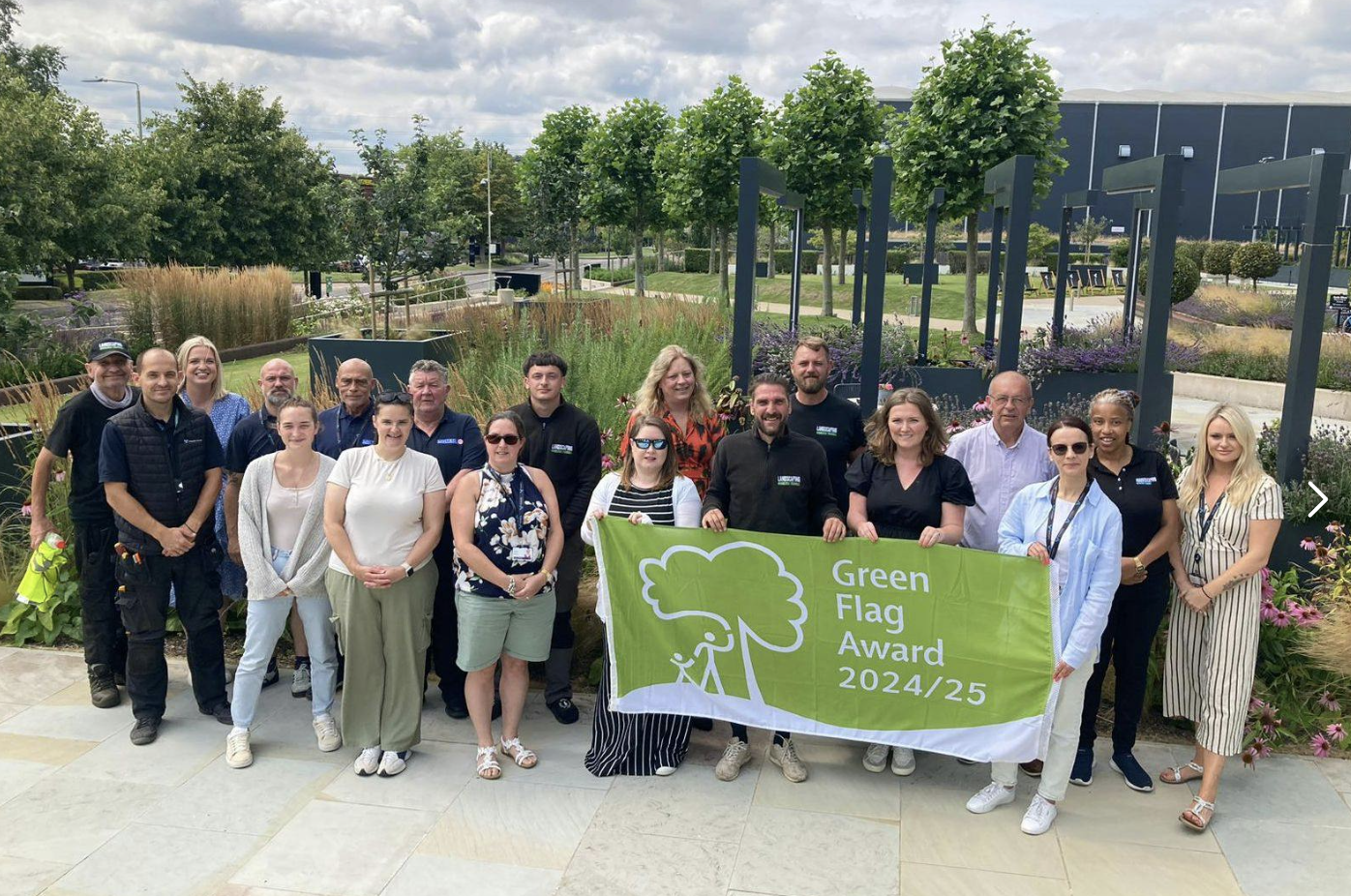With businesses vying for top talent more than ever, the workspace itself has become a recruitment tool, with candidates often considering the office environment when weighing job offers.
The design and layout of an office often mirror the company’s values, mission, and culture. For example, a company that values collaboration might have an open-plan office with plenty of communal spaces.
Similarly, a business emphasising innovation might design creative and flexible spaces for brainstorming sessions. When prospective employees visit, they get an immediate, tangible feel of what the company represents.
Why office space matters to employees
Modern office designs consider the employees’ overall well-being. Features such as ergonomic furniture, plenty of natural light, and spaces designated for relaxation or meditation demonstrate a company’s commitment to the health and wellness of its team. As well as boosting morale, this can also reduce absenteeism and improve productivity.
First impressions are lasting; the office space often provides the first glimpse into a company’s culture and values. An accessible and inclusive workspace portrays a business as progressive, responsible, and committed to employee welfare.
Modern design trends emphasise open spaces, natural light, and ergonomic furniture. Such designs look visually appealing and create an environment that fosters creativity and collaboration.
Why the office should look and feel good
A workspace prioritising accessibility and inclusivity conveys the message that the business values every individual, irrespective of their physical abilities. And the ideal office environment doesn’t just look good, it must feel good too. That’s because good ergonomics isn’t just about comfort; it directly impacts an employee’s health and productivity.
A comfortable working environment reduces distractions and enables employees to focus on their work. When employees are at ease physically and mentally, they are likely to be more engaged, leading to higher levels of productivity and innovation. As such, desks, chairs, and workstations that are designed with ergonomics in mind can reduce physical strain, leading to increased productivity and fewer health-related absences.
Work-life balance in the office design
Work-life balance is pivotal in today’s fast-paced world. Office design plays a crucial role in facilitating this equilibrium. A well-designed office incorporates flexible workspaces, relaxation zones, and ergonomic furniture. It considers natural lighting, open layouts, and green spaces.
Such designs foster productivity while ensuring employee well-being, merging professional obligations with personal comfort. Proper office design can significantly impact and promote a healthy work-life balance, benefiting organisations and their employees.
Breakout areas and lounges allow employees to relax, rejuvenate, and even hold informal meetings. These zones promote a balanced work-life dynamic by offering an environment for relaxation within the professional setting.
Offering on-site facilities such as gyms or child care centres can significantly improve work-life balance. Such amenities demonstrate that the business understands and values the diverse needs of its workforce.
Location matters
A strategic office location close to public transport and major hubs, like Winnersh Triangle’s onsite train station, ensures ease of commute for employees. This not only aids in punctuality but also widens the pool of potential candidates who may not own private vehicles.
An office situated near amenities can also enhance the overall work experience. Employees can enjoy leisurely lunches, take breaks in parks, or run errands conveniently, leading to an enriched work-life balance.
The bottom line: saving costs through employee retention
While traditional incentives like salary and benefits will always remain crucial, the physical office space can play a pivotal role in attracting and retaining top talent. Companies that invest in the right environment send a clear message about their values, their commitment to employee well-being, and their vision for the future. The right space can be the difference between a prospective employee choosing your organisation or looking elsewhere.
Grade-A office space in the perfect working environment
Winnersh Triangle is a 1.5 million sq ft mixed-use business park located in Reading, with a wide range of offerings, including major headquarter buildings, grade-A offices and start-up office suites. To learn more, get in touch with us today.








